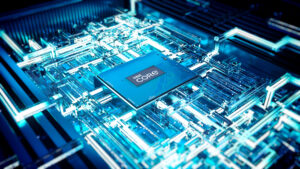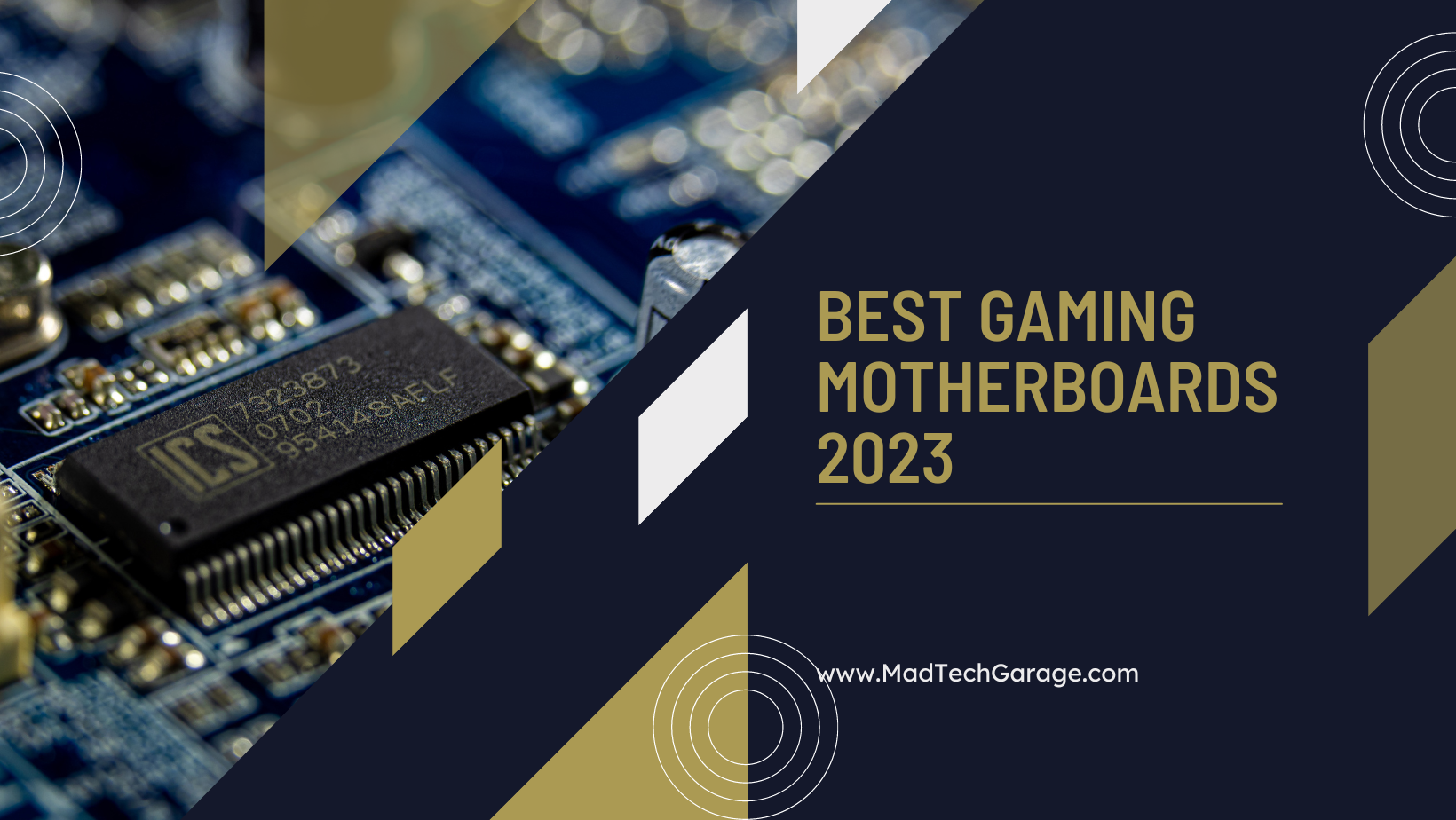
Latest Gaming Motherboards of 2023
If you are looking for a new motherboard to upgrade your gaming PC, you might be overwhelmed by the number of options available in the market. There are different chipsets, sockets, form factors, features, and prices to consider. To help you narrow down your choices, we have compiled a list of some of the best gaming motherboards in 2023 based on the latest reviews and ratings.
Intel Gaming Motherboards
Intel has recently launched its 13th Gen “Raptor Lake” CPUs, which are backward compatible with the 12th Gen “Alder Lake” motherboards. These CPUs use the LGA 1700 socket and support both DDR4 and DDR5 memory. The Z790 chipset is the flagship option for overclocking enthusiasts, while the Z690 chipset offers a more affordable alternative with slightly lower features. The B660 chipset is a budget-friendly option for mainstream gamers, while the H610 chipset is a basic option for entry-level users.
Some of the best Intel gaming motherboards in 2023 are:
MSI MAG Z790 Tomahawk WiFi:
This is a high-end ATX motherboard that supports PCIe 5.0, Wi-Fi 6E, Thunderbolt 4, and RGB lighting. It has a robust power delivery system with 16+1+1 phases and a large heatsink. It also has four DDR5 slots that can support up to 128GB of RAM at 7200MHz or higher with overclocking.
Pros:
- Supports PCIe 5.0, Wi-Fi 6E, Thunderbolt 4, and RGB lighting
- Has a robust power delivery system with 16+1+1 phases and a large heatsink
- Has four DDR5 slots that can support up to 128GB of RAM at 7200MHz or higher with overclocking
- Has a premium audio codec and a SupremeFX S1220 audio codec
- Has a clear CMOS button and a Flash BIOS button on the rear I/O panel
- Has a hole in the center of the CPU socket for thermocouple insertion for extreme overclocking
Cons:
- Lacks PCIe 5.0 M.2 socket
- Priced high among DDR4-based competition
- Has a plain and boring appearance
- Does not support DDR5 memory
Interested in Buying ? Click here
Gigabyte Z690 Aorus Pro:
This is another premium ATX motherboard that offers similar features as the MSI model, but with a slightly lower price tag. It has a 16-phase power design, three PCIe 5.0 slots, two PCIe 4.0 slots, six SATA ports, three M.2 slots, Wi-Fi 6E, Bluetooth 5.2, and RGB Fusion 2.0.
Pros:
- Supports PCIe 5.0, Wi-Fi 6, Thunderbolt 4, and RGB Fusion 2.0
- Has a 16-phase power design, three PCIe 5.0 slots, two PCIe 4.0 slots, six SATA ports, three M.2 slots
- Has a premium Realtek ALC4080 audio codec and a 2.5G LAN port
- Has a reasonable price for its features and performance
- Has a clear CMOS button and a Q-Flash Plus button on the rear I/O panel
Cons:
- Lacks Wi-Fi 6E (only Wi-Fi 6) and 10G LAN
- Lacks integrated RGB lighting (only a small Aorus logo)
- Has contrasting grey heatsinks that might not blend well with some builds
Interested in Buying ? Click here
ASRock Z690 Extreme WiFi 6E:
This is a mid-range ATX motherboard that offers a good balance between performance and value. It has a 14-phase power design, two PCIe 5.0 slots, two PCIe 4.0 slots, six SATA ports, three M.2 slots, Wi-Fi 6E, Bluetooth 5.2, and Polychrome Sync RGB.
Pros:
- Supports PCIe 5.0, Wi-Fi 6E, and Polychrome Sync RGB
- Has a 14-phase power design, two PCIe 5.0 slots, two PCIe 4.0 slots, six SATA ports, three M.2 slots
- Has a lower price than competition (around $200)
- Has dual 2.5G LAN ports and a clear CMOS button on the rear I/O panel
- Has bright RGB lighting (which could also be a con)
Cons:
- Only five USB Type-A ports on the rear I/O panel
- Sub-par out-of-the-box performance on some tests
- Lacks Thunderbolt 4 and 10G LAN
Interested in Buying ? Click here
Gigabyte Z690i Aorus Ultra Plus:
This is a mini-ITX motherboard that is ideal for compact gaming builds. It has a 10-phase power design, one PCIe 5.0 slot, four SATA ports, two M.2 slots, Wi-Fi 6E, Bluetooth 5.2, and RGB Fusion 2.0.
Pros:
- Supports PCIe 5.0, Wi-Fi 6E, and RGB Fusion 2.0
- Has a premium Realtek ALC4080 audio codec and a 2.5G LAN port
- Has a robust power delivery system with 105A SPS MOSFETs and excellent VRM and M.2 cooling
- Has a well-matched performance with fast DDR5 memory
- Has a lower price than other Z690 Mini-ITX boards (around $330)
Cons:
- Only has two SATA ports and no SATA M.2 support
- Only has one PCIe 5.0 x16 slot and no PCIe 4.0 M.2 slot
- Lacks Thunderbolt 4 and 10G LAN
- Not available globally (only in the US)
Interested in Buying ? Click here
MSI MAG B660M Mortar WiFi DDR4 motherboard:
This is a micro-ATX motherboard that supports DDR4 memory instead of DDR5. It has an 8+2+1 phase power design, one PCIe 4.0 slot, one PCIe 3.0 slot, six SATA ports, two M.2 slots, Wi-Fi 6E, Bluetooth 5.2, and Mystic Light RGB
Pros:
- Supports Wi-Fi 6 and Mystic Light RGB
- Has a 8+2+1 phase power design, one PCIe 4.0 slot, one PCIe 3.0 slot, six SATA ports, two M.2 slots
- Has a lower price than Z690 boards (around $160)
- Has a military-inspired design with silver and black aesthetic
- Can power stock i9 12900K without issues
Cons:
- Lacks PCIe 5.0 and Thunderbolt 4 support
- Lacks CPU overclocking support
- Has minor performance loss with DDR4 memory compared to DDR5
- Has low fan header count (only four)
Interested in Buying ? Click here
AMD Gaming Motherboards
AMD has also released its new Ryzen 7000 CPUs, which use the AM5 socket and support DDR5 memory only. The X670 chipset is the top-tier option for overclocking enthusiasts, while the B650 chipset is a more affordable option for mainstream gamers.
Some of the best AMD gaming motherboards in 2023 are:
Gigabyte B650E Aorus Master:
This is an ATX motherboard that supports PCIe 4.0, Wi-Fi 6E, Thunderbolt 4, and RGB Fusion 2.0. It has a powerful power delivery system with 20+1 phases and an advanced thermal solution. It also has four DDR5 slots that can support up to 128GB of RAM at 6400MHz or higher with overclocking
Pros:
- Supports PCIe 5.0, Wi-Fi 6E, and RGB Fusion 2.0
- Has a 20-phase power design, four PCIe 5.0 M.2 sockets, and a 20 Gbps USB Type-C port
- Has a premium appearance and a well-designed layout
- Has a reasonable price for its features and performance (around $350)
- Has a clear CMOS button and a Q-Flash Plus button on the rear I/O panel
Cons:
- Lacks 40 Gbps ports (such as Thunderbolt 4) and 10G LAN
- Lacks CPU overclocking support
- Memory support isn’t perfect yet (may require BIOS updates)
Interested in Buying ? Click here
ASRock X670E Taichi:
This is another high-end ATX motherboard that offers similar features as the Gigabyte model, but with a slightly higher price tag. It has a 16-phase power design, three PCIe 4.0 slots, two PCIe 3.0 slots, eight SATA ports, three M.2 slots, Wi-Fi 6E, Bluetooth 5.2, and Polychrome Sync RGB
Pros:
- Supports PCIe 5.0, USB 4, and Polychrome Sync RGB
- Has a 27-phase power design, four PCIe 5.0 M.2 sockets, and eight SATA ports
- Has a premium appearance and a well-designed layout
- Has a lower price than most other X670E boards (around $500)
- Has a clear CMOS button and a Q-Flash Plus button on the rear I/O panel
Cons:
- Lacks CPU overclocking support
- Memory support isn’t perfect yet (may require BIOS updates)
- Has inconveniently placed stickers on some components
- Has a buggy BIOS that may cause issues with some settings
Interested in Buying ? Click here
Asus ROG X570 Crosshair VIII Hero Wi-Fi:
This is an ATX motherboard that supports PCIe 4.0, Wi-Fi 6, and Aura Sync RGB. It has a 16-phase power design, three PCIe 4.0 slots, eight SATA ports, two M.2 slots, and a SupremeFX S1220 audio codec⁵.
Pros:
- Supports PCIe 4.0, Wi-Fi 6, and Aura Sync RGB
- Has a 16-phase power design, three PCIe 4.0 slots, eight SATA ports, and two M.2 slots
- Has a premium Realtek ALC1220 audio codec and a 2.5G LAN port
- Has 12 USB ports on the rear IO (including a 10 Gbps Type-C port)
- Has onboard power/reset buttons and a Q-Code LED display
Cons:
- Expensive (around $380)
- Chipset fan sits directly under the GPU
- Lacks PCIe 5.0 and USB 4 support
- Lacks CPU overclocking support
Interested in Buying ? Click here
ASUS ROG Crosshair VIII Extreme:
This is an E-ATX motherboard that offers the ultimate features for AMD enthusiasts. It has a 20-phase power design, four PCIe 4.0 slots, eight SATA ports, four M.2 slots, Wi-Fi 6E, Bluetooth 5.2, Thunderbolt 4, and Aura Sync RGB.
Pros:
- Supports PCIe 4.0, Wi-Fi 6E, Thunderbolt 4, and Aura Sync RGB
- Has a 18+2 phase power design with 90A power stages and excellent VRM cooling
- Has five M.2 slots, eight SATA ports, and a 10G LAN port
- Has a premium appearance and a well-designed layout
- Has a 2-inch LiveDash OLED screen and onboard power/reset buttons
Cons:
- Flagship pricing (around $800)
- Little room to unlatch top PCIe slot
- Lacks PCIe 5.0 and USB 4 support
- Lacks CPU overclocking support
Interested in Buying ? Click here
ASRock X570 PG Velocita:
This is a mid-range ATX motherboard that offers a good balance between performance and value. It has a 14-phase power design, two PCIe 4.0 slots, two PCIe 3.0 slots, eight SATA ports, two M.2 slots, Wi-Fi 6E, Bluetooth 5.2, and Polychrome Sync RGB.
Pros:
- Supports PCIe 4.0, Wi-Fi 6E, and Polychrome Sync RGB
- Has a 14-phase power design, two PCIe 4.0 slots, two PCIe 3.0 slots, eight SATA ports, and two M.2 slots
- Has a lower price than competition (around $200)
- Has dual 2.5G LAN ports and a clear CMOS button on the rear I/O panel
- Has bright RGB lighting (which could also be a con)
Cons:
- Only five USB Type-A ports on the rear I/O panel
- Sub-par out-of-the-box performance on some tests
- Lacks Thunderbolt 4 and 10G LAN
- Chipset fan is audible at default
Interested in Buying ? Click here
Gigabyte B550 Gaming X V2:
This is a budget-friendly ATX motherboard that supports PCIe 4.0 for the primary GPU and SSD slots. It has a 10+3 phase power design, one PCIe 4.0 slot, one PCIe 3.0 slot, six SATA ports, two M.2 slots, and RGB Fusion 2.0.
Pros:
- Supports PCIe 4.0 for the primary GPU and SSD slots
- Has a 10+3 phase power design, one PCIe 4.0 slot, one PCIe 3.0 slot, six SATA ports, and two M.2 slots
- Has a lower price than most B550 boards (around $100)
- Has a front USB 3.2 Gen1 Type-C port and a DVI port
- Supports AMD StoreMI technology for faster storage performance
Cons:
- Lacks Wi-Fi and RGB lighting
- Lacks premium audio codec and 2.5G LAN
- Lacks Thunderbolt 4 and USB 4 support
- Main connectors lack protection
Interested in Buying ? Click here
Conclusion
Choosing the best gaming motherboard for your PC can be a daunting task, but it can also make a huge difference in your gaming experience. Whether you are looking for the latest features, the best performance, or the best value, there is a motherboard for you in this list. We hope this article has helped you find the best gaming motherboard for your needs in 2023.


.png)
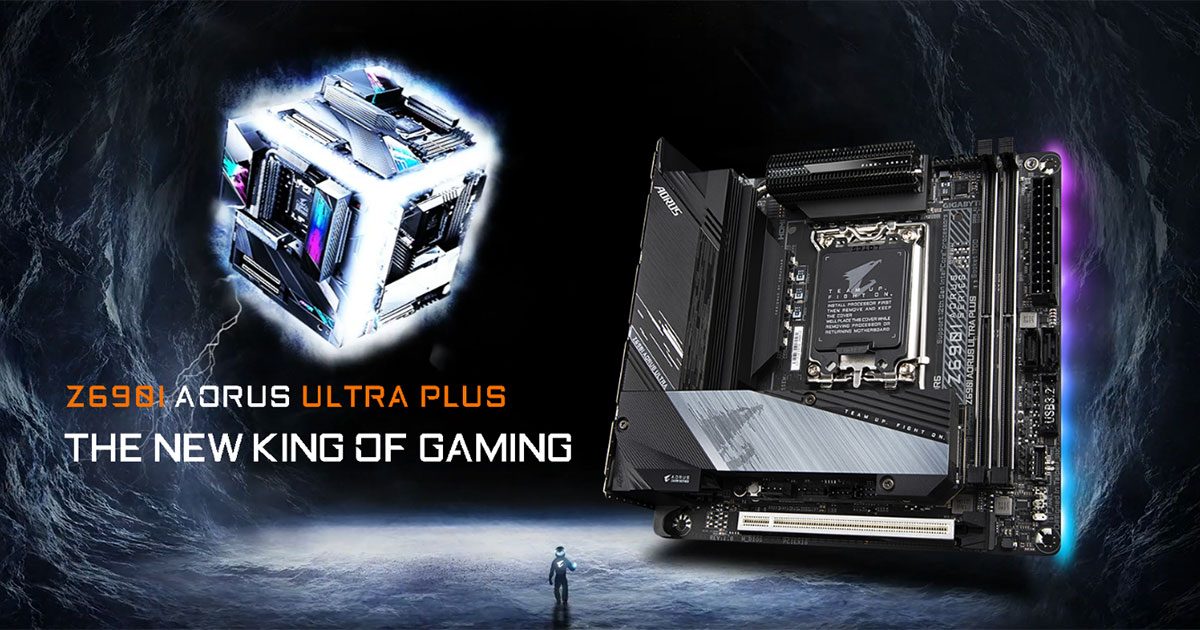
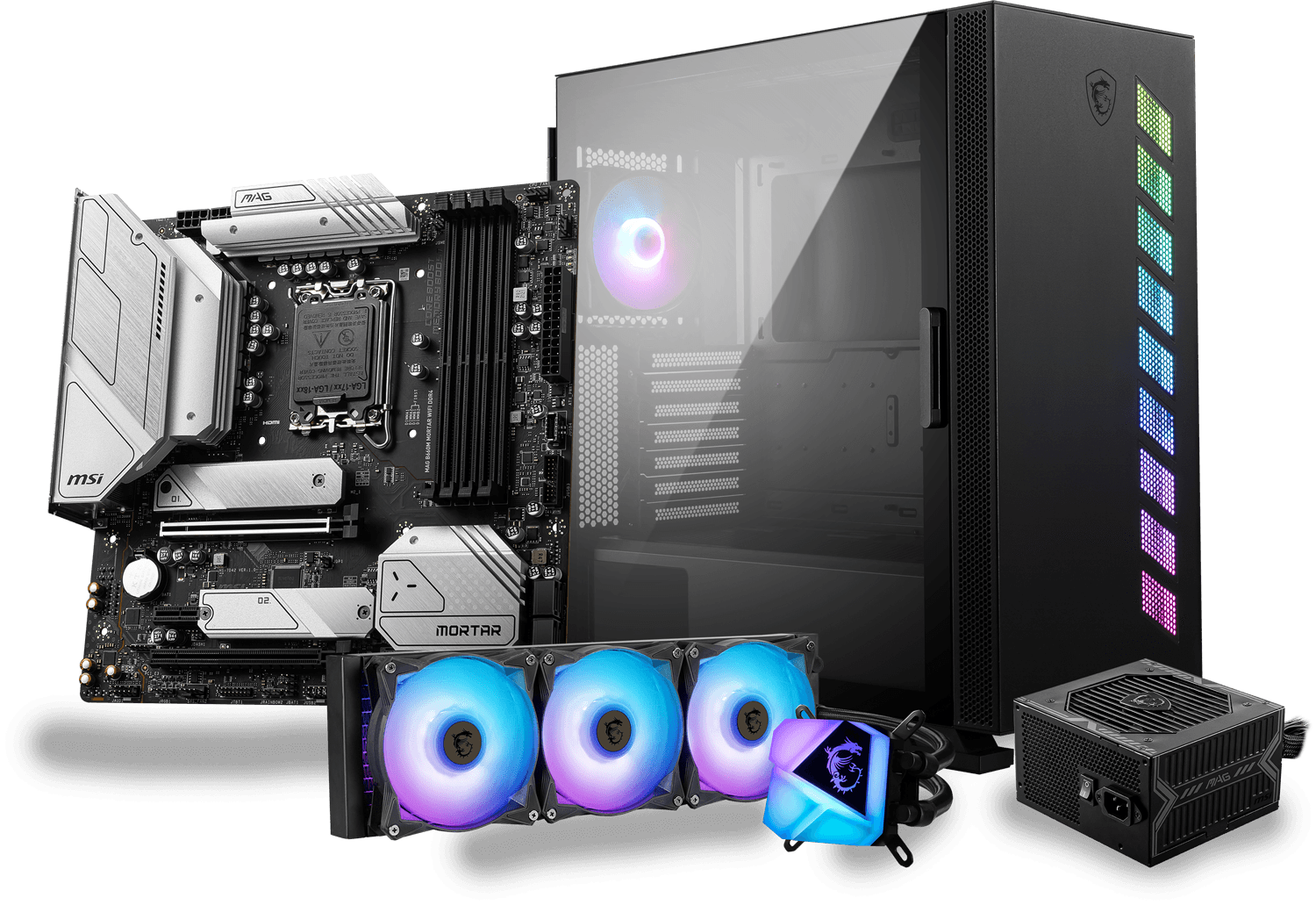



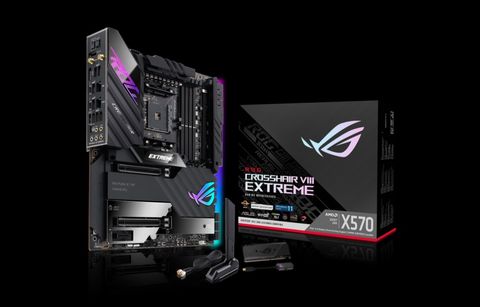
.png)


